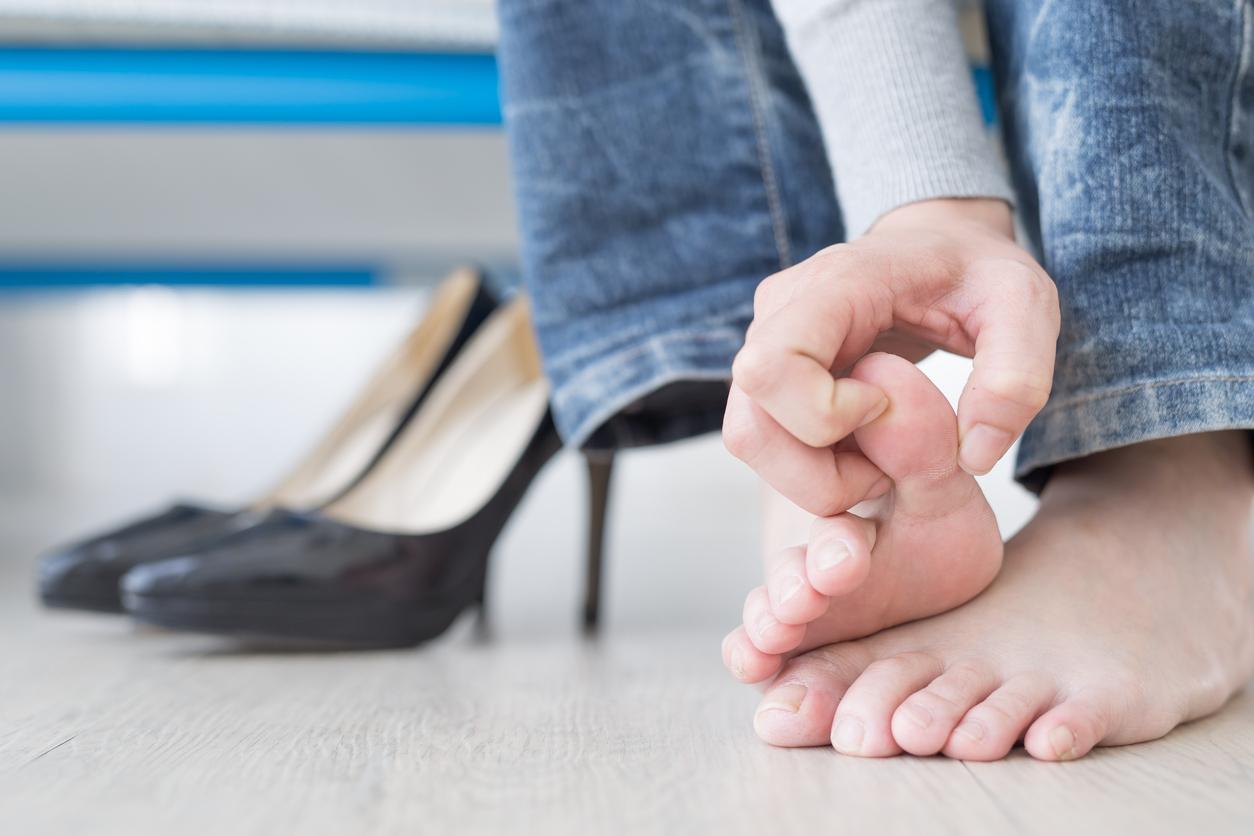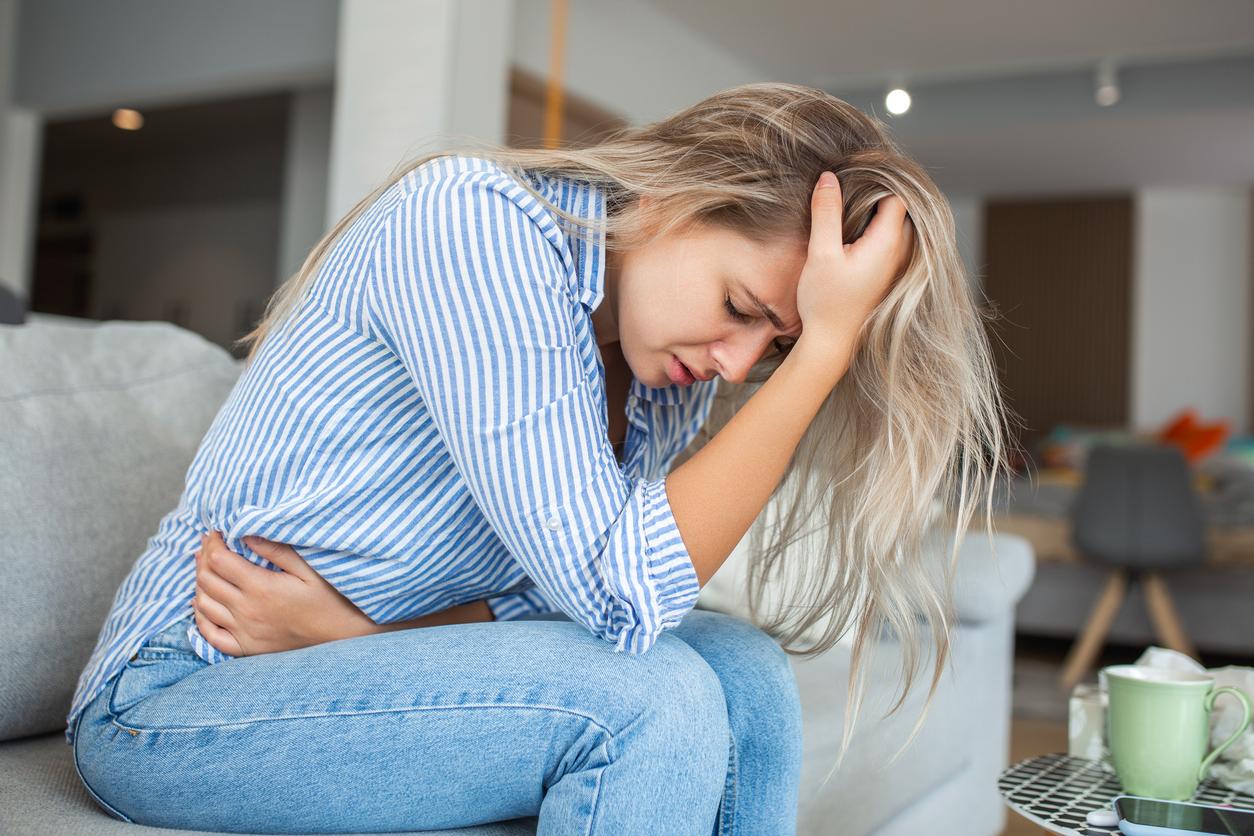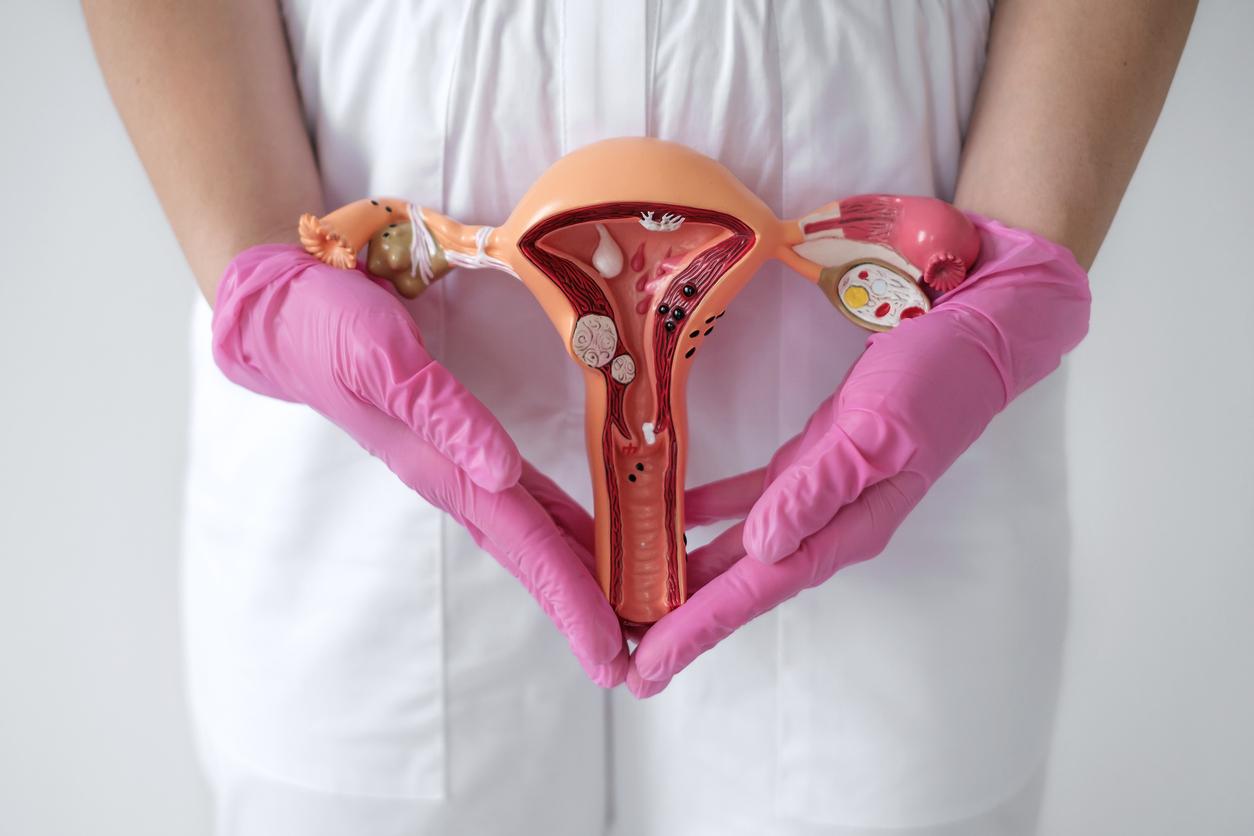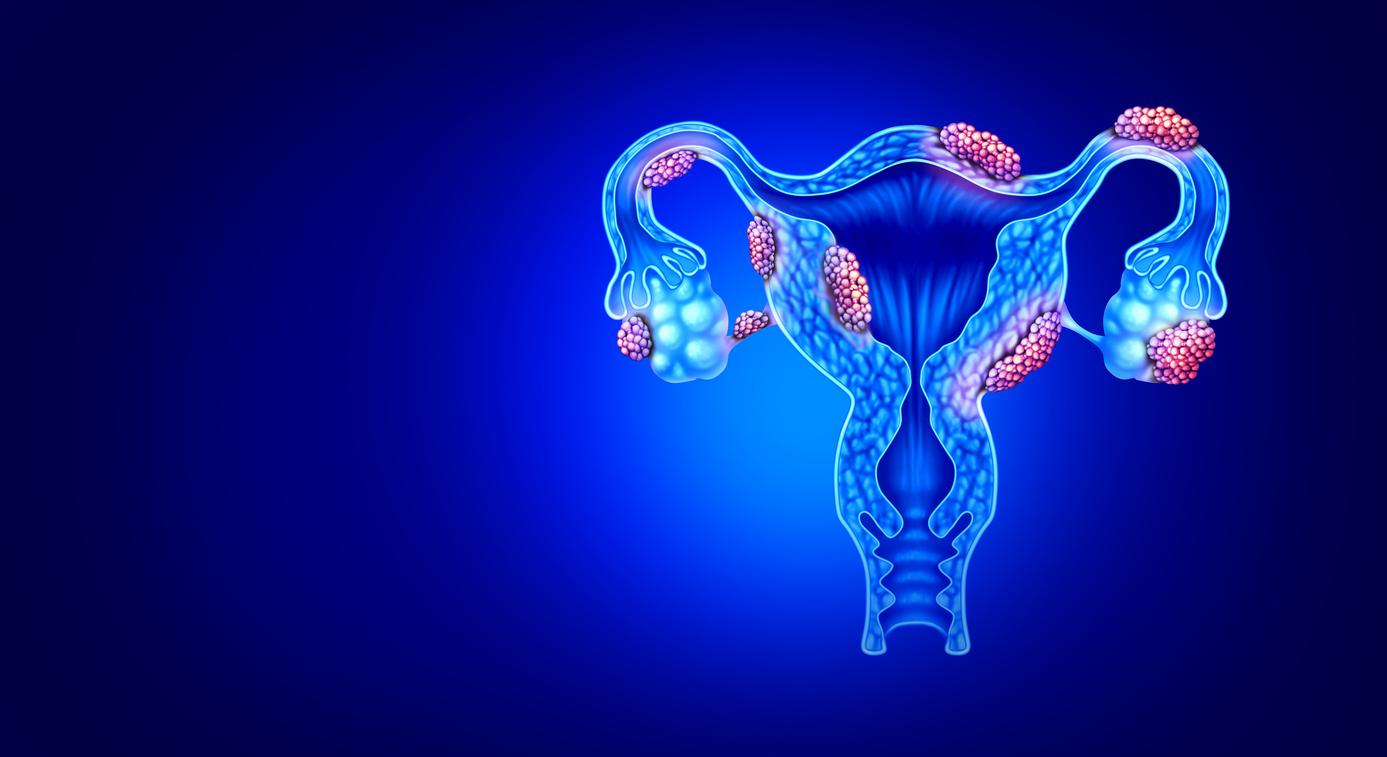New recommendations on endometriosis have just been published, a common disease in adolescents and young women. They aim to improve the early diagnosis and optimized treatment of this disease which can turn the lives of young women into ordeal. Reference centers bringing together several specialists will be created.

The Haute Autorité de Santé (HAS) and the French National College of Gynecologists and Obstetricians (CNGOF) have published new recommendations aimed at improving the diagnosis of endometriosis and clarifying treatment strategies for this debilitating disease which affects more than one in ten women between the ages of 16 and 50 and leads to infertility in 25 to 50% of cases.
Welcome recommendations for a frequent illness as poorly treated as Enora Malagré recently testified. The columnist of Touche not at my post had confided, in an interview with the newspaper Paris Match, having decided to have the uterus removed because of an endometriosis which caused him much suffering and several miscarriages.
Better treat the sick
These recommendations were eagerly awaited because the previous ones dated from 12 years ago, yet many medical and surgical advances have emerged, progress which may remain unnecessary for many women because the diagnostic period remains too long: on average, it now exceeds 7 years!
However, this long diagnostic delay, in addition to the suffering it unnecessarily inflicts on patients, is responsible for many complications, including pain during menstruation, pain during sexual intercourse and fertility disorders.
Thus, 35% to 50% of women who have pelvic pain during menstruation and at least 50% of women who are affected by infertility suffer from endometriosis.
A poorly understood disease
Endometriosis is a gynecological disease causing pain in the stomach and pelvis during menstruation, which remains poorly understood. This is an abnormal migration of endometrial cells outside the uterus. The endometrium is the tissue that lines the inner lining of the uterus. The endometrium is enlarged in the first part of the cycle to ensure the nesting of the possible embryo, then it is eliminated at the time of the rules. Endometriosis is caused by the development and then involution of this endometrial tissue which has developed elsewhere than in the uterus, and generally in the small pelvis and the belly.
When to think about endometriosis?
Rather than attributing painful periods to a “simple hormonal imbalance that will pass”, significant pain during periods, especially if it constitutes a social or professional handicap, should lead a teenage girl or a woman to speak about it to her doctor. .
Likewise, if pain occurs during intercourse and if it persists, it is important to consult? It is the same with a problem of infertility in a young woman.
Other pains or more “regional” signs may alert: difficulty and pain in urinating, traces of blood in the urine or stool, pelvic pain during stool emissions, etc.
What diagnostic strategy is recommended?
The diagnosis is based first on the doctor’s questioning and the doctor will be oriented according to the complaints. It will be completed by a complete clinical examination and an ultrasound of the small pelvis.
If there is a discrepancy between the complaints and the examinations, other more specialized examinations can be performed (endovaginal ultrasound or MRI), and it is only in the absence of a characteristic lesion that a more invasive diagnostic laparoscopy should be performed. considered.
In case of diagnosis, and before any surgery, it is necessary to evaluate the extension of the disease with examinations which will explore the bladder and the intestines.
Individualized treatment
The main objective should be to relieve pain and treatment is therefore based primarily on estrogen-progestogen contraception or an IUD releasing a progestogen, levonorgestrel.
Medicines that block hormonal cycles, such as Gn-RH agonists, are indicated for second-line use and in combination with a progestogen and an estrogen. An alternative is contraception based on progestins in different ways.
New treatments for endometriosis, such as anti-aromatases, are not recommended in the absence of sound evaluation.
Surgery is considered after failure of medical treatments, depending on the patient’s suffering and if pregnancy is desired. It is important to provide continuous hormonal treatment postoperatively to limit the risk of recurrence and improve quality of life. Gn-RH agonists are not recommended postoperatively.
Non-steroidal anti-inflammatory drugs (ibuprofen, …) are not recommended in the long term either, because of the complications they can cause.
Support in expert centers
The authors of the recommendations stress the difficulty of finding good quality scientific studies to establish the recommendations. Management should therefore be carried out in centers associating several types of doctors (gynecologists and radiologists) and surgeons (gynecologists, urologists, digestive workers) in order to achieve real “multidisciplinary” care.
In order to improve the management of difficult cases, it is also necessary to provide expert centers for the early detection of endometriosis.
Long awaited, these recommendations represent a solid basis for improving the management of endometriosis, this “metastasized cancer without cancer cells”.

.















